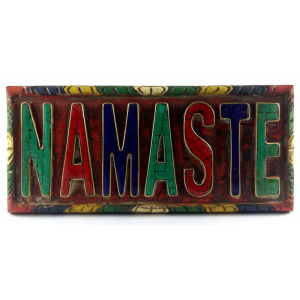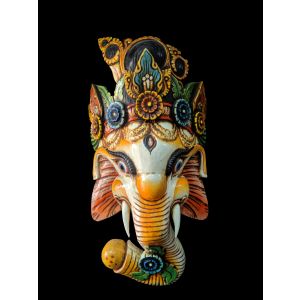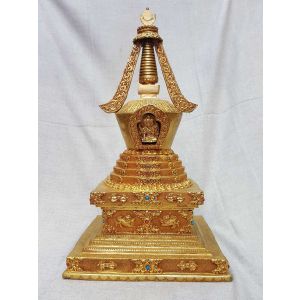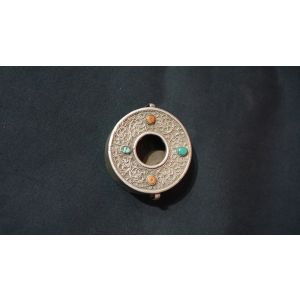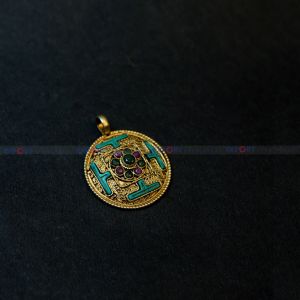Monastery Quality Statue Of Vajrapani,chak na dorje Fire Gold Plated , with Painted Face
| Seller | Handmade Handicraft |
|---|---|
| Product Tags | Handmade, Handicraft, Craft, Statue, Idol, Sculpture, Vajrapani, Chak na Dorje, Statue Of Vajrapani |
| UK Size | 4 |
| Seller | Admin |


